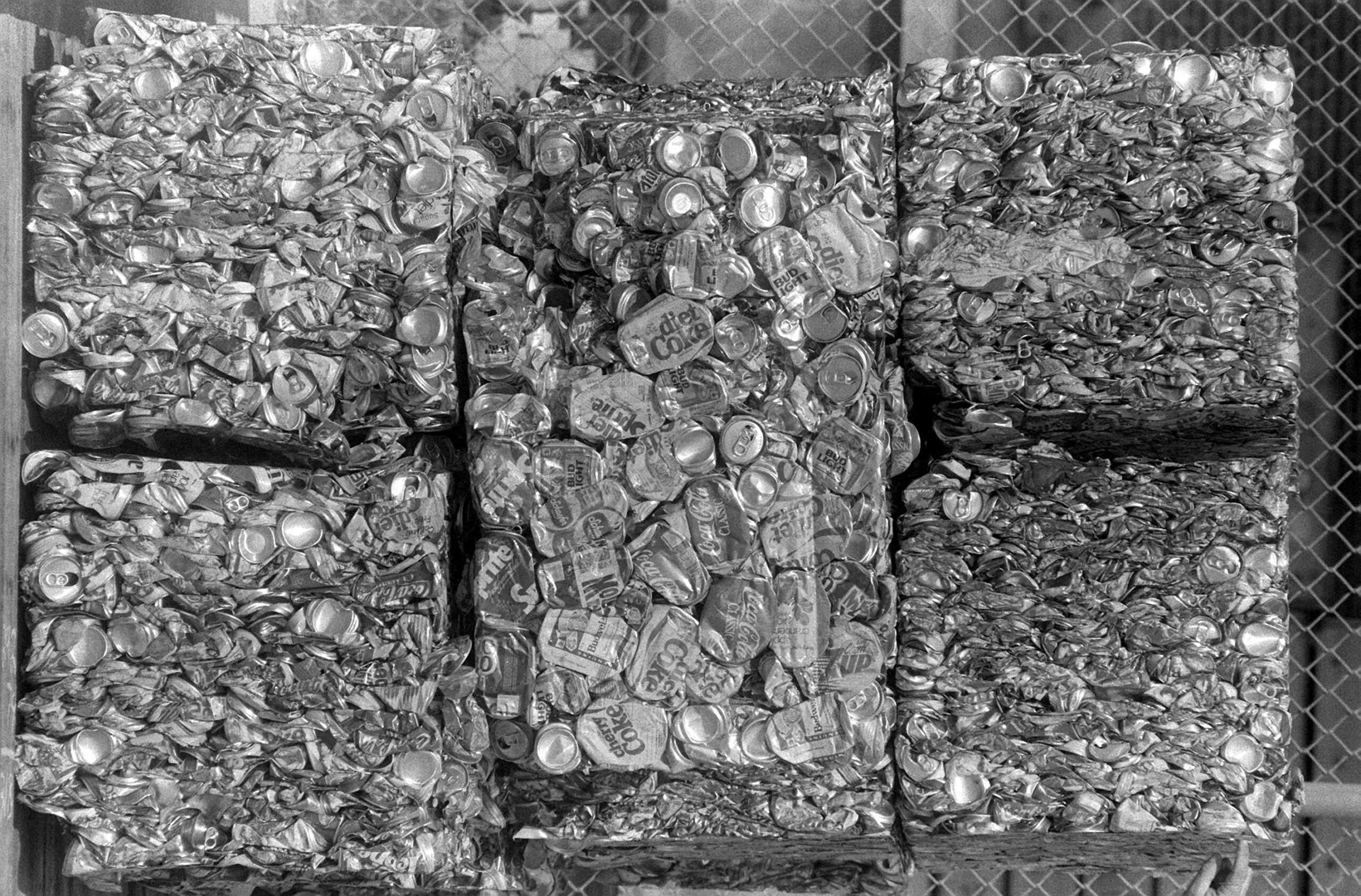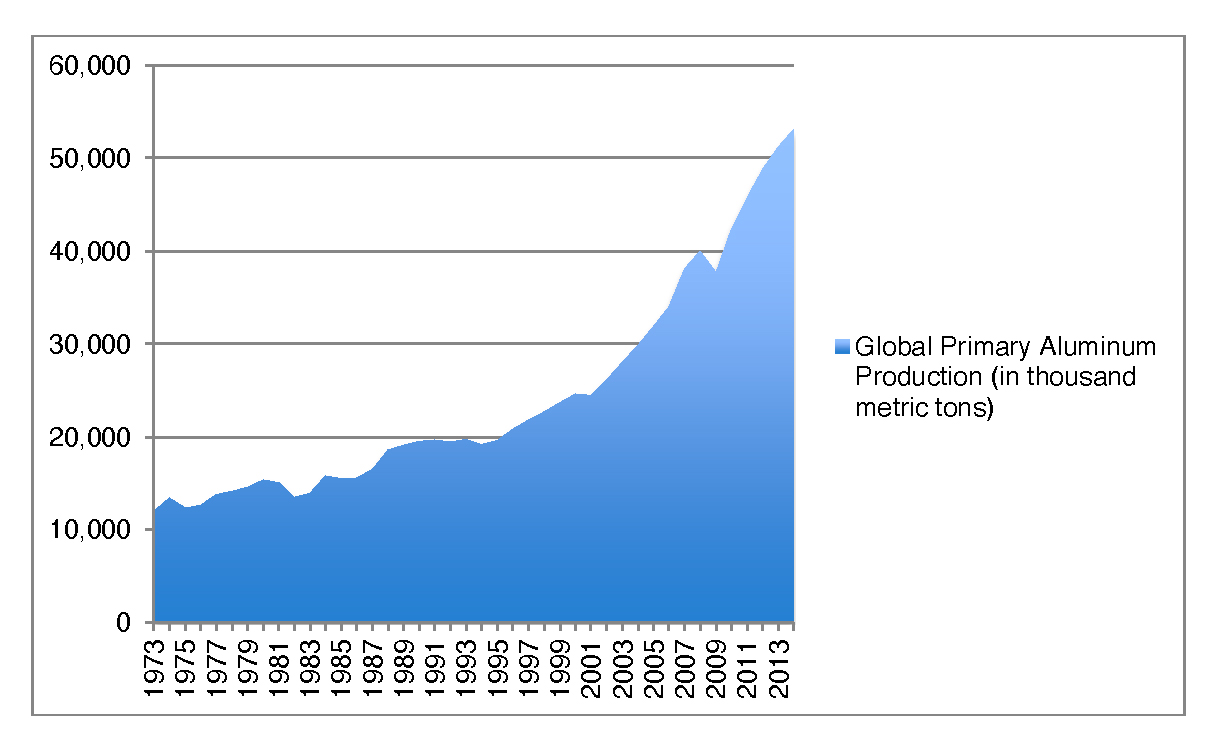The Limits of the Circular Economy: Aluminum Recycling and Mass Production, 1973-Present

Carl Zimring, Professor – Director, Center for Critical Discard Research, SSCS/SLAS
School of Liberal Arts and Sciences
The Center for Critical Discard Research conducts interdisciplinary social science research on systems of production, consumption, and disposal.
This research focuses on the history of aluminum recycling to evaluate claims that aluminum recycling constitutes a circular economy. Reclamation and recycling of aluminum in the present-day is widespread, building upon several decades of aluminum reclamation, including public recycling systems that grew in cities and states after the early 1970s. Industrial ecologists estimate that 73% of all aluminum produced globally since 1950 is still in use. If any mass-produced material can claim to have circular material flows over time, aluminum is that material.
As recycling has succeeded in returning post-consumer aluminum to production, production has accelerated as manufacturers of goods ranging from single-use disposable packaging to vehicles and computers value the metal for its aesthetic and functional attributes. Ford Motor Company substituted aluminum for steel in the bodies of the F-150 pickup truck to increase fuel efficiency. Apple substituted aluminum for plastics to increase the recyclability of laptop computers. Aluminum continues to attract new uses in industrial production.
Increased demand for the metal has far outstripped the ability of recycling systems to meet that demand. Global primary aluminum production has tripled in the period since public recycling systems emerged in the 1970s. This research urges manufacturers and policymakers to consider the limits of recycling in addressing the ecological damage caused by mining bauxite, smelting aluminum, and even in processes to shred, melt, and return post-consumer aluminum to industrial production. To paraphrase industrial designer Dieter Rams, “making less, but better” as a design strategy merits consideration over championing recycling as a solution to the problems of industrial production.
Forthcoming publication: Carl A. Zimring, “A Circular Economy? Aluminum Recycling in Historical Perspective,” Cahiers d’histoire de l’aluminium / Journal for the History of Aluminium 69-70 (December 2022-June 2023), pp. 132-145. (Issued will be published Spring 2024.)

